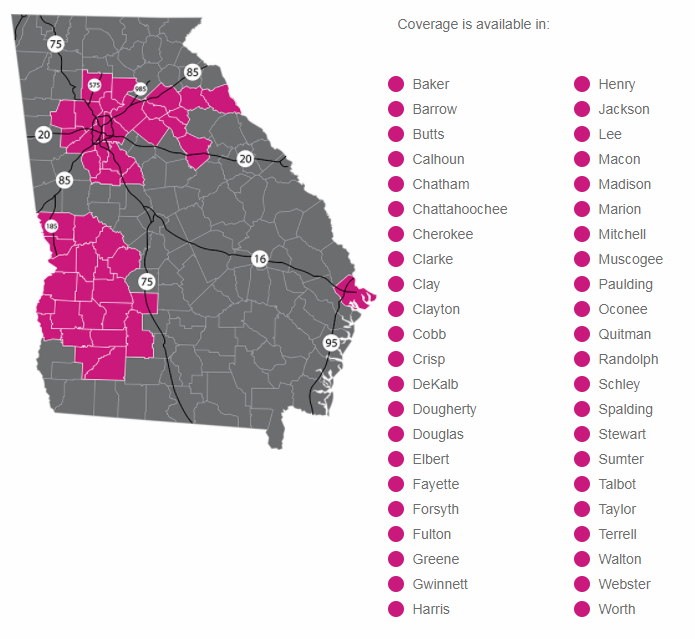This document is the proprietary work product of Health Insurance Advisors and intended for the sole use of our clients.
Please do not share with anyone outside of your immediate family. Thank you.
ACA – Affordable Care Act / Obamacare Government Subsidies for Health Insurance
Key Subsidy Information
Subsidies are available to individuals and families with income between 100% to 400% of the FPL – chart below.
The approved subsidy amount will be a direct and immediate offset; reducing the monthly cost of health insurance for the eligible individual. For coverage in 2018 the subsidy amount is based on:
- Estimated 2018 household income i.e., modified adjusted gross income (MAGI)
- Expected tax filing status for 2018 i.e. single or joint and # of dependents claimed – refer to 2017 tax return as a guide*
If your estimate turns out to be different than the actual income, you will be required to “square up” with the IRS when filing your 2018 tax return in the spring of 2019.
Example: If the 2018 estimated income is lower than the actual 2018 income; causing a higher subsidy to have been paid by the government – you will owe the difference back to the IRS. Conversely, if the actual 2018 income turns out to be lower than the estimated income on the subsidy application, you will receive an additional credit when you file your tax return.
Note: 2018 estimated household income must be above the 100% Minimum Income Amount Shown on the chart below in order to be eligible for a subsiy. If the estimated income is close to the 400% Maximum on the chart, the subsidy amount will likely be small.
Subsidies are based on the 2017 Federal Poverty Level Guidelines
| Tax Filing Status # exemptions claimed on 1040 |
100% MINIMUM INCOME |
250% | 400% MAXIMUM INCOME |
|---|---|---|---|
| 1 | $12,060 | $30,150 | $48,240 |
| 2 | $16,240 | $40,600 | $64,960 |
| 3 | $20,420 | $51,050 | $81,680 |
| 4 | $24,600 | $61,500 | $98,400 |
| 5 | $28,780 | $71,950 | $115,120 |
Cost Sharing – As of November 6, 2017 the Insurance companies are providing the cost sharing subsidies, we don’t expect this to change, but anything is possible coming from Washington.
- If an individual’s 2018 estimated income is between 100% – 250% they may be eligible for additional government credits called cost sharing.
- Cost Sharing means the government makes payments (in addition to the premium subsidy) to the insurance company that reduces the member’s deductibles, copays and out of pocket maximums.
This is an additional benefit enhancement.
- Individuals must enroll in a Silver level plan in order to be eligible for the additional Cost Sharing benefits.
Cost Sharing Strategy Tip: The IRS will not “square up or recapture” the cost sharing benefit if an individual’s actual 2018 income is ends up higher than the estimated amount submitted. Therefore, in some cases, if you are unsure of your income, it may be beneficial to estimate income on the lower end, rather than the higher end. That is because at the lower estimated income you may fall in the cost-sharing category. However, the IRS will always square-up on the monthly subsidy amount, so you will need to budget accordingly.
Remember: If an individual will be under the 250% FPL income level, be sure to consider the Silver plan in order to be eligible for the additional Cost Sharing benefits.

